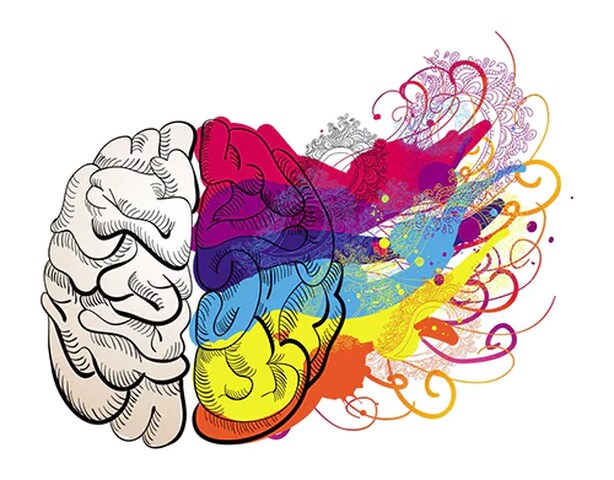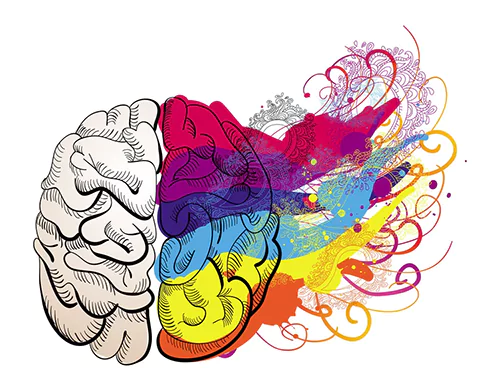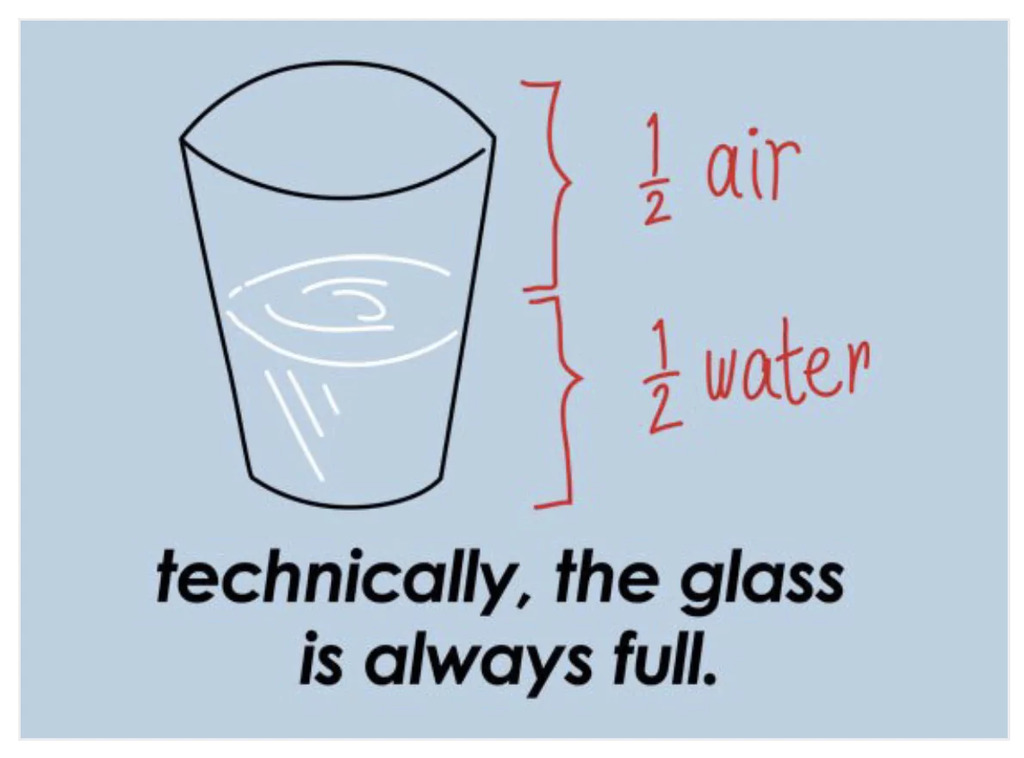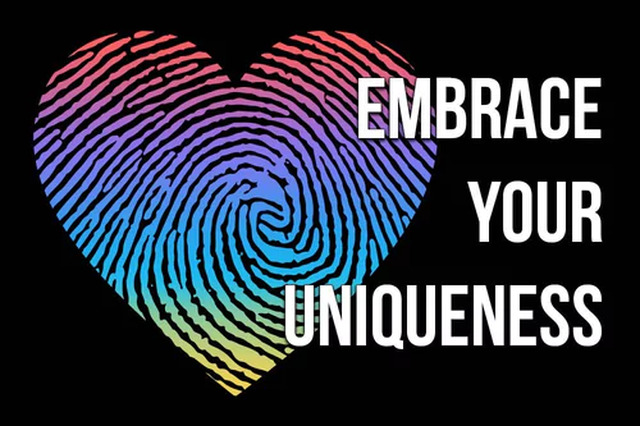By using our website, you agree to the use of cookies as described in our Cookie Policy

Mindfulness—a practice originating in Eastern cultures—has been increasingly adopted and used in the Western world. This is a wonderful thing because mindfulness is a beautiful way to get in tune with the self more easily and more fully.
Now, a lot of people have differing definitions of what mindfulness really is: presence, connection, awareness, etc. These are all certainly elements of/results of mindfulness; but, there are really two foundational components to mindfulness: (1) nonjudgmental (2) awareness.
This is what mindfulness is at its core—nonjudgmental awareness. The practice of being aware of the self and our surroundings (e.g., thoughts, physical sensations, feelings, behaviors, dynamics with others, etc.) in a way in which we don’t beat ourselves up about these experiences. It is not quite helpful to be aware if we berate ourselves for not liking what we become aware of.
For example, it isn’t really mindfulness if we notice that our back is starting to hurt during a meditation and we get mad at ourselves for it.
“Ugh, my back hurts again. Why can’t I just meditate correctly? My back has to ruin everything.”
Instead, mindfulness allows us to keep aware of our back pain while meditating but then be curious about and accepting of it instead of judging ourselves.
“Gee, my back is starting to hurt again. That’s okay, it is going to happen sometimes even if it’s frustrating. I wonder if I can notice how the pain is different this time than it was last time.”
In the above quote, we are not only aware of our experience (“my back is starting to hurt,” “it’s frustrating”), but we are also nonjudgmental about our experience (“That’s okay, it is going to happen sometimes,” “I wonder if I can notice how the pain is different”). We can still acknowledge that the pain is there and it is frustrating (that is a beautiful awareness of our experience) without getting mad at ourselves for feeling this way (i.e., “Why can’t I just meditate correctly?”).
When we get these two basics of mindfulness down, we create a lot of opportunities for ourselves—opportunities to tap into new things we didn’t know about ourselves, to be able to recognize what we need in order to heal or grow, to find ways to sit in the rough waters.
Another thing that can result from mindfulness is the ability to tune into your strengths.
Everyone has strengths and resources within them—this is indisputable. Sometimes, though, when we are dealing with tough situations in life and are not in the best place, it can be really hard to tap into those strengths.
The previous example of a mindful thought is a great illustration of how mindfulness allows you to access these strengths. Look at the thought more closely:
“Gee, my back is starting to hurt again. That’s okay, it is going to happen sometimes even if it’s frustrating. I wonder if I can notice how the pain is different this time than it was last time.”
What do you notice? Firstly, you might notice that the mindfulness (the ability to not judge the back pain/your ability to meditate) is a strength in and of itself. You are now able to let go of the judgement and negative energy that you would have manifested if you had not been mindful (that might have resulted in a “Why can’t I just meditate correctly?” sort of thought).
Secondly, you might notice that your ability to leave the judgment behind opened up a new opportunity to explore your pain in a different way (i.e., “I wonder if I can notice how the pain is different this time than it was last time”).
During this curious exploration of your pain, you might notice that your lower back is actually not hurting nearly as intensely as it usually is. Maybe it moved to the mid-back, but boy did you need that relief in your lower back!
This ability—this strength—to play with your pain and notice the difference in it, for example, might just make it a little more bearable. It might allow you to focus on something else entirely: While being curious about your back pain, you might come across a funny tingling in your fingers or an itch on your shoulder. And it might be a strength you didn’t even notice you had until you found it through mindfulness.
Ryan Niemiec, a psychologist and professor focusing on positive psychology, also addresses the connection between mindfulness and strengths in his book Mindfulness and Character Strengths: A Practical Guide to Flourishing:
“The practice of mindfulness is strengths and the practice of strengths is mindfulness. ... To deploy strengths in a mindful way is to strengthen mindfulness, and a strong mindfulness is a recipe for more balanced and mindful strengths use.” (p. 104)
So, the next time you are practicing mindfulness, see what strengths come up for you that you didn’t realize were there before. Go play with using those strengths throughout the rest of your day and see what happens!
Article by: Kayleigh Sabo, M.S.
‹ Back













